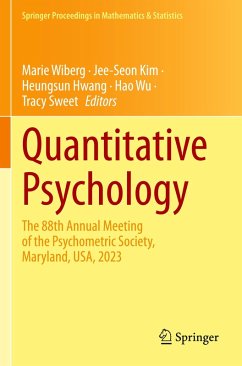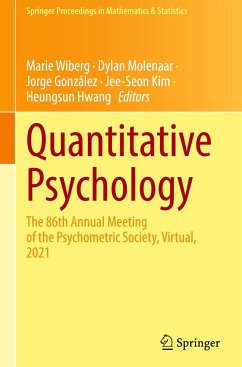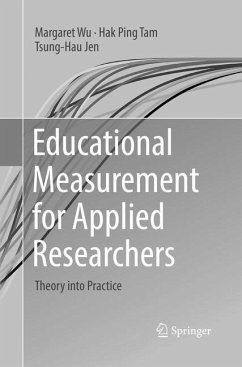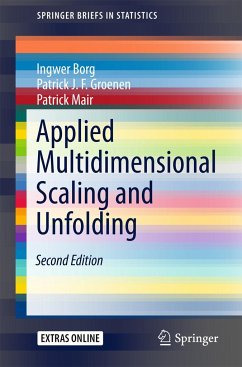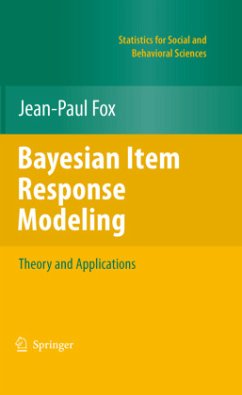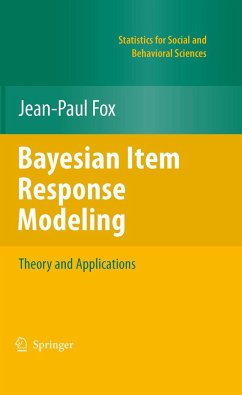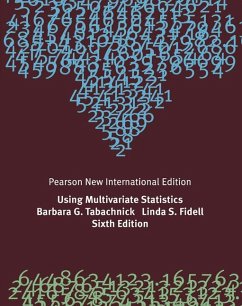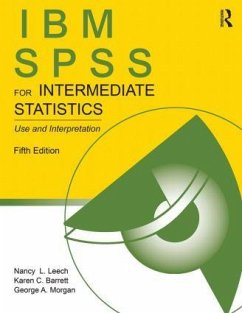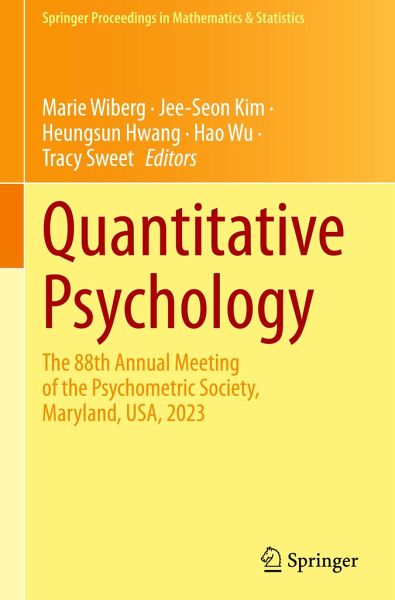
Quantitative Psychology
The 88th Annual Meeting of the Psychometric Society, Maryland, USA, 2023
Herausgegeben: Hwang, Heungsun; Wu, Hao; Sweet, Tracy
Versandkostenfrei!
Versandfertig in 6-10 Tagen
174,99 €
inkl. MwSt.
Weitere Ausgaben:

PAYBACK Punkte
87 °P sammeln!
This book includes presentations given at the 88th annual meeting of the Psychometric Society, held in Maryland, USA on July 24-28, 2023.
The proceeding covers a diverse set of psychometric topics. The topics include, but are not limited to item response theory, cognitive diagnostic models, Bayesian estimation, validity and reliability issues, and several applications within different fields. The authors are from all over the world, they work in different psychometrics areas, as well as having diverse professional and academic experiences.
The proceeding covers a diverse set of psychometric topics. The topics include, but are not limited to item response theory, cognitive diagnostic models, Bayesian estimation, validity and reliability issues, and several applications within different fields. The authors are from all over the world, they work in different psychometrics areas, as well as having diverse professional and academic experiences.





